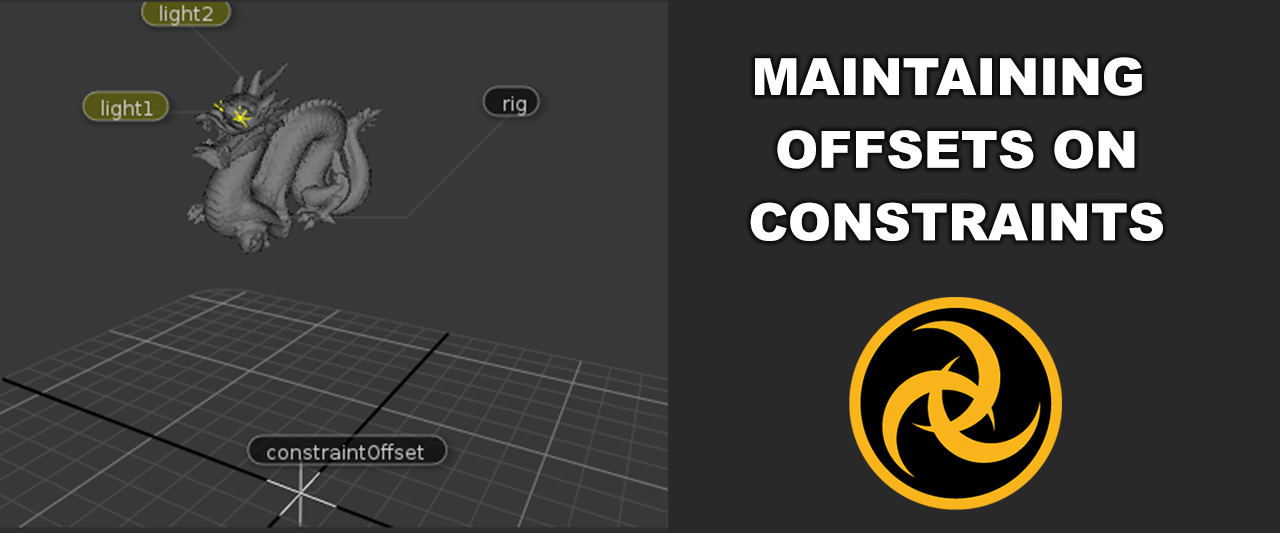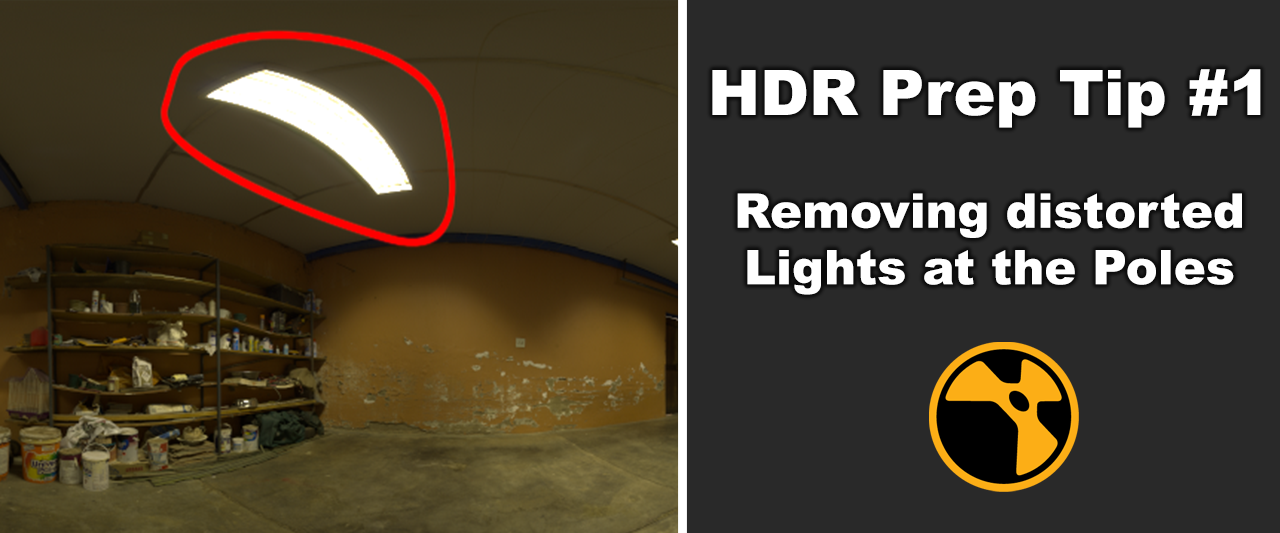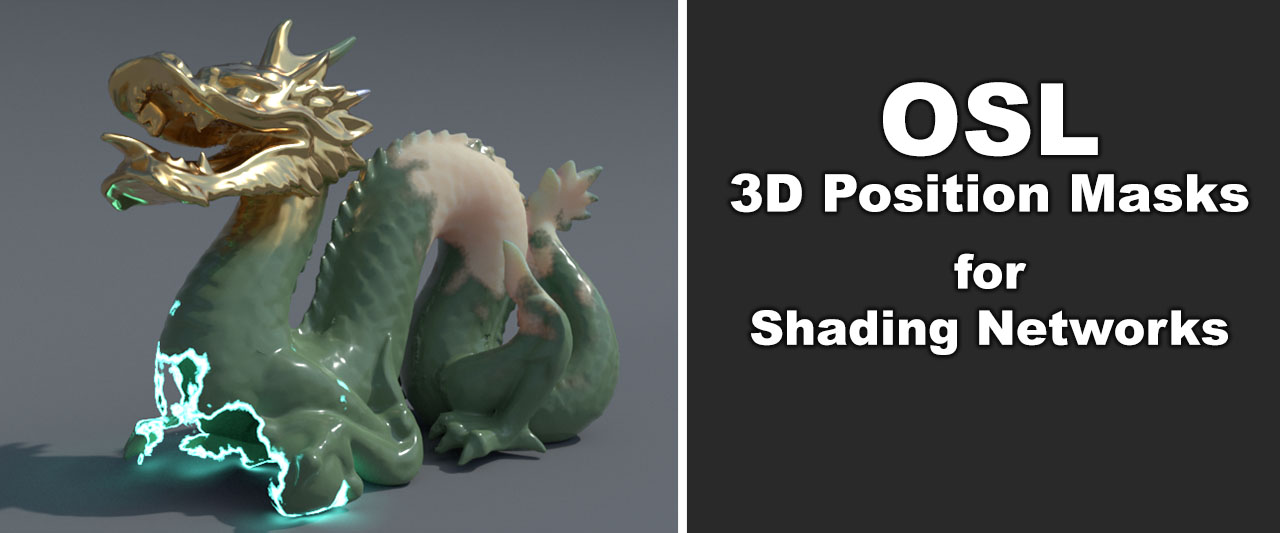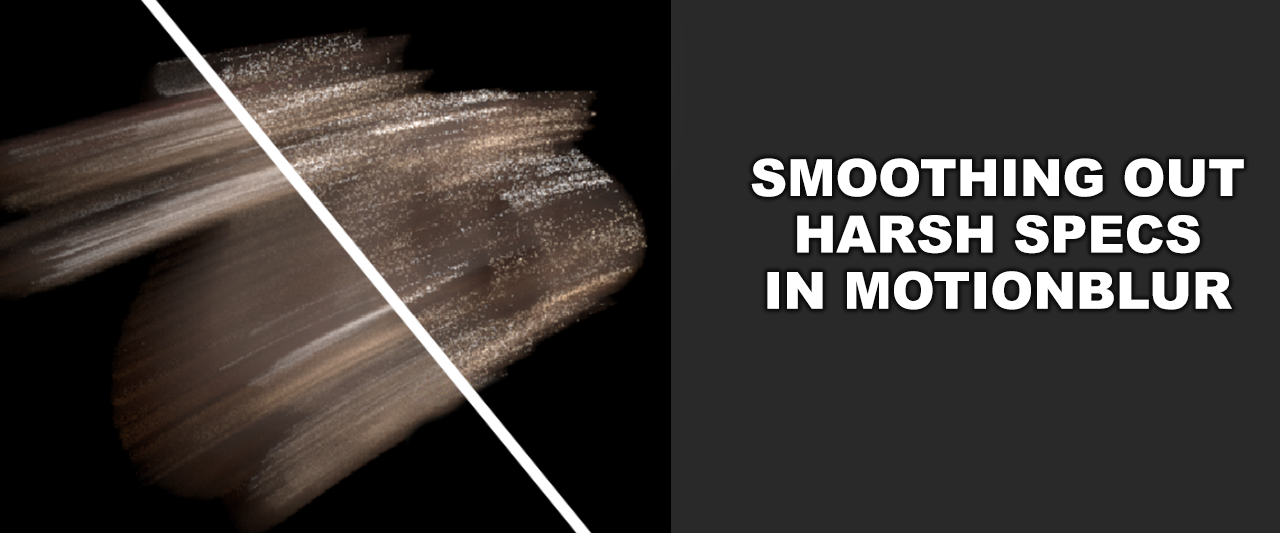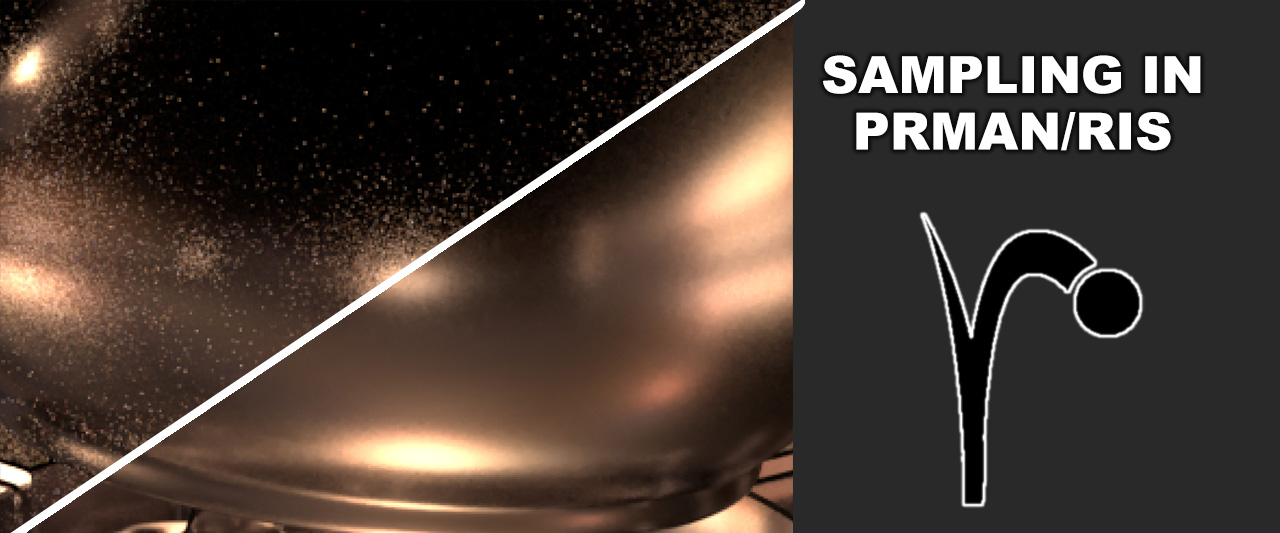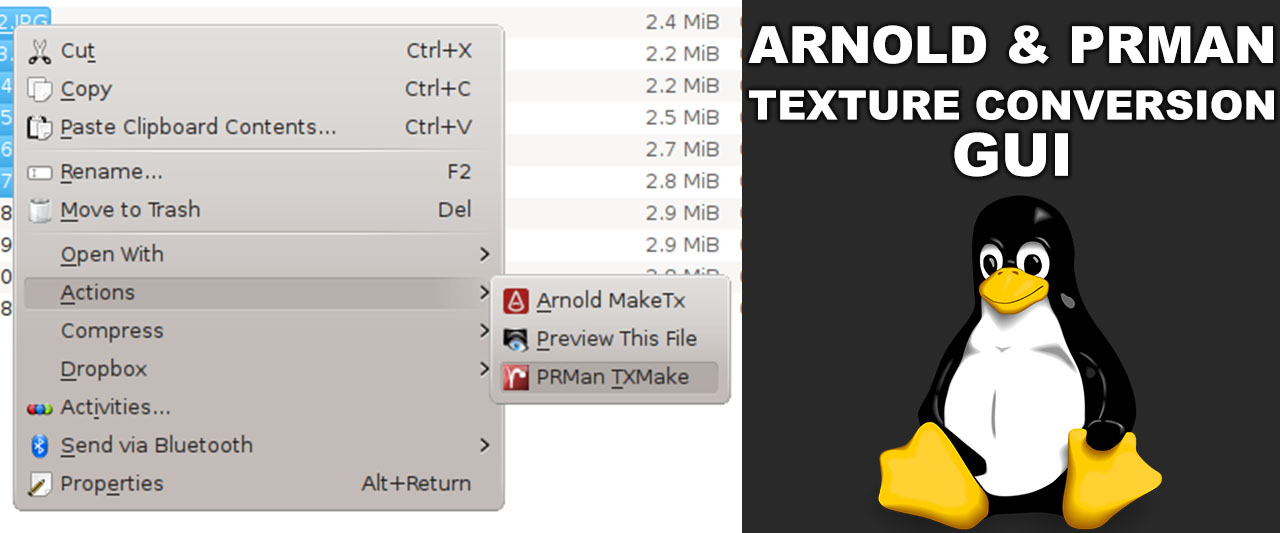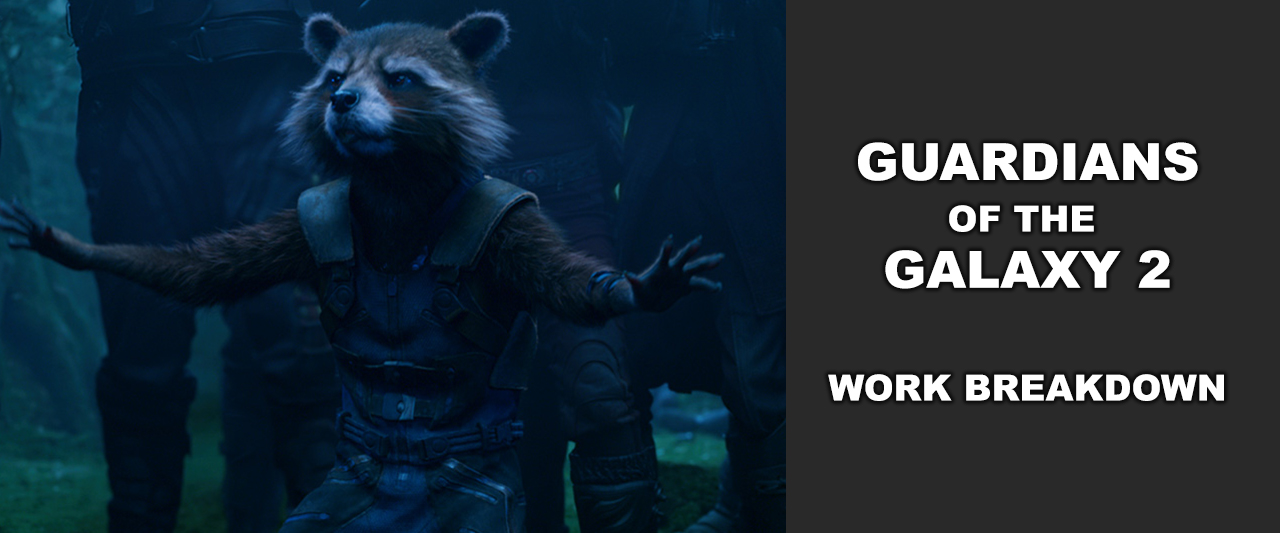
Not only has the work been great, but also the team and the general flow of things! I can’t express how happy I am to have worked with such a great bunch of people! Special thanks to the management who allowed me to fool around on a larger scale on this project and the extraordinary Lighting & LookDev guys that coped with me when I was drowning in Excel sheets :-)
Have a look at the interview yourself (if you don’t like reading there are lots of pretty pictures, too!): INTERVIEW LINK
//EDIT: Now there’s also a really cool VFX and Animation Reel with some fun stuff! REEL LINK
